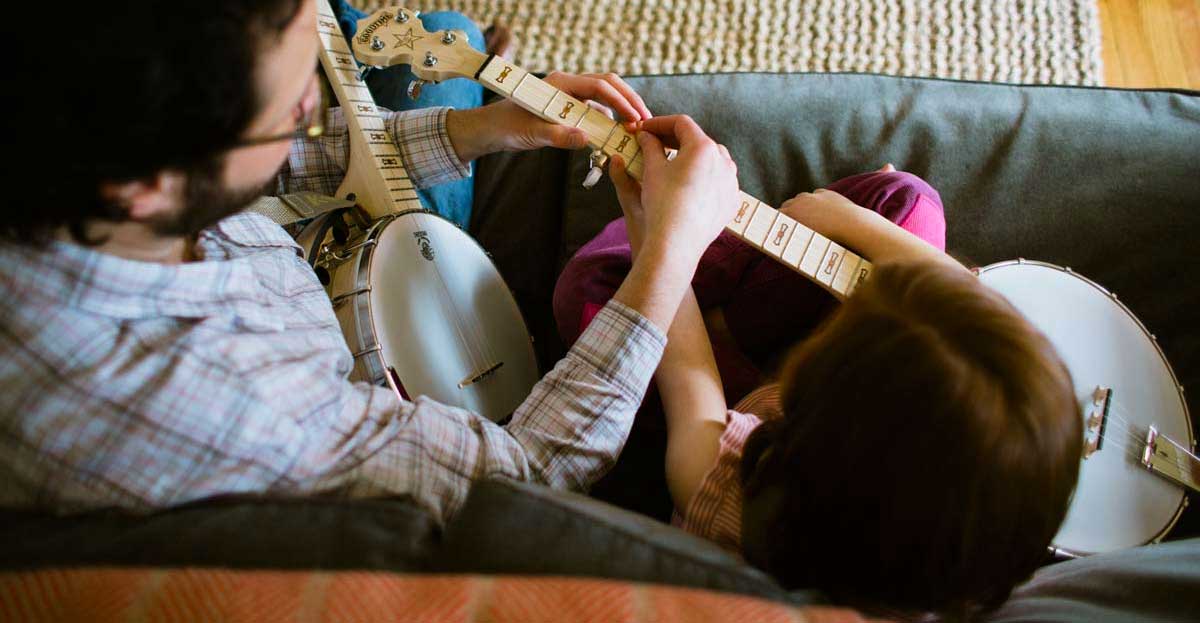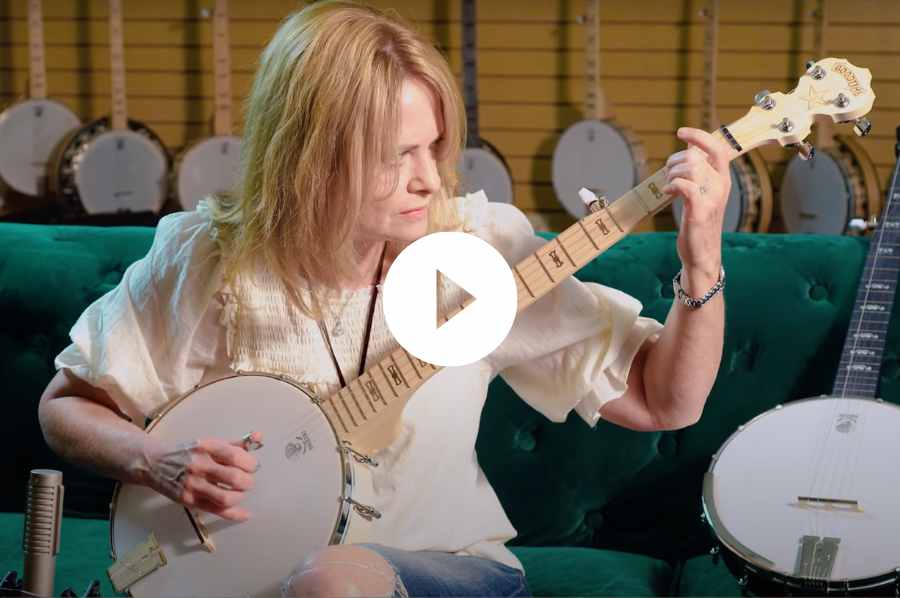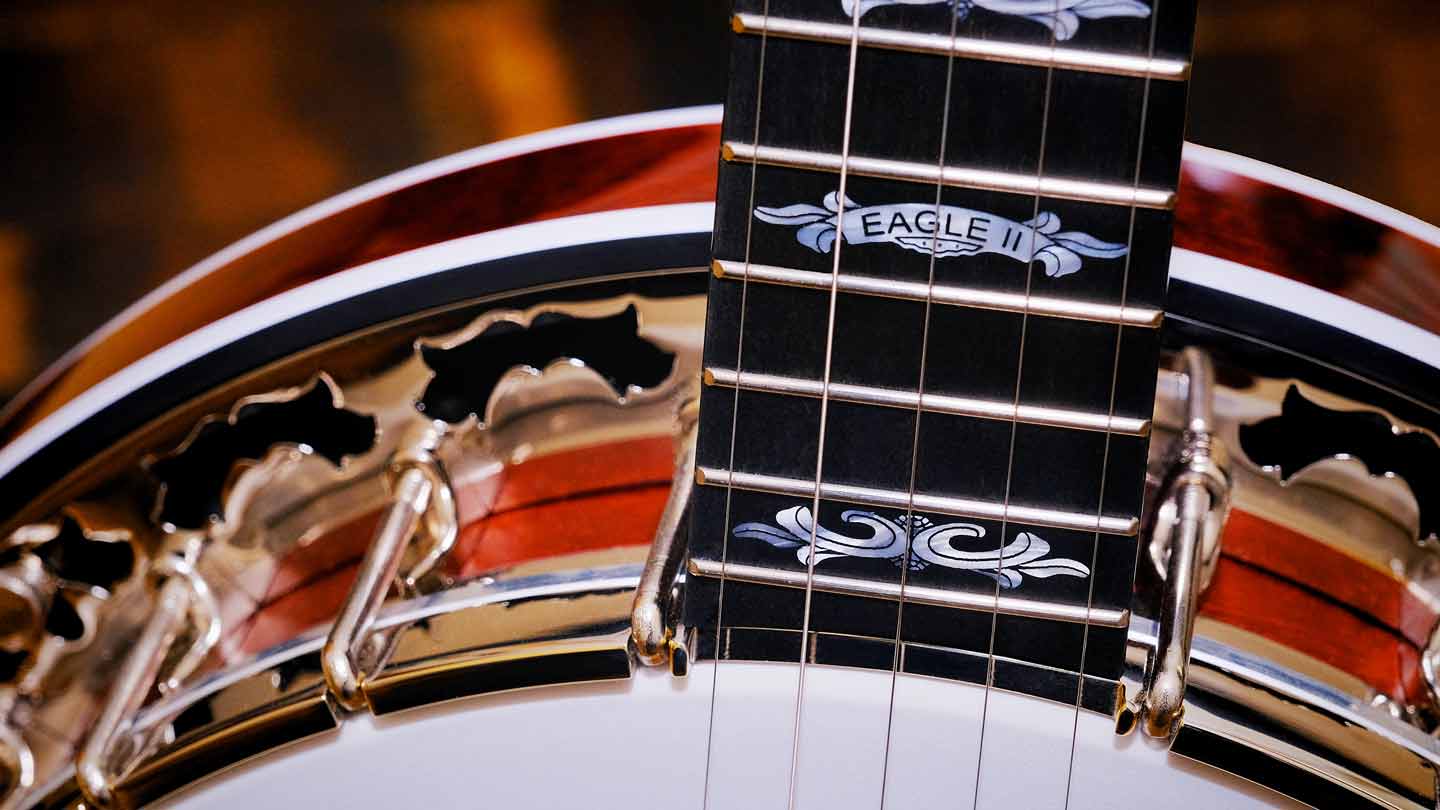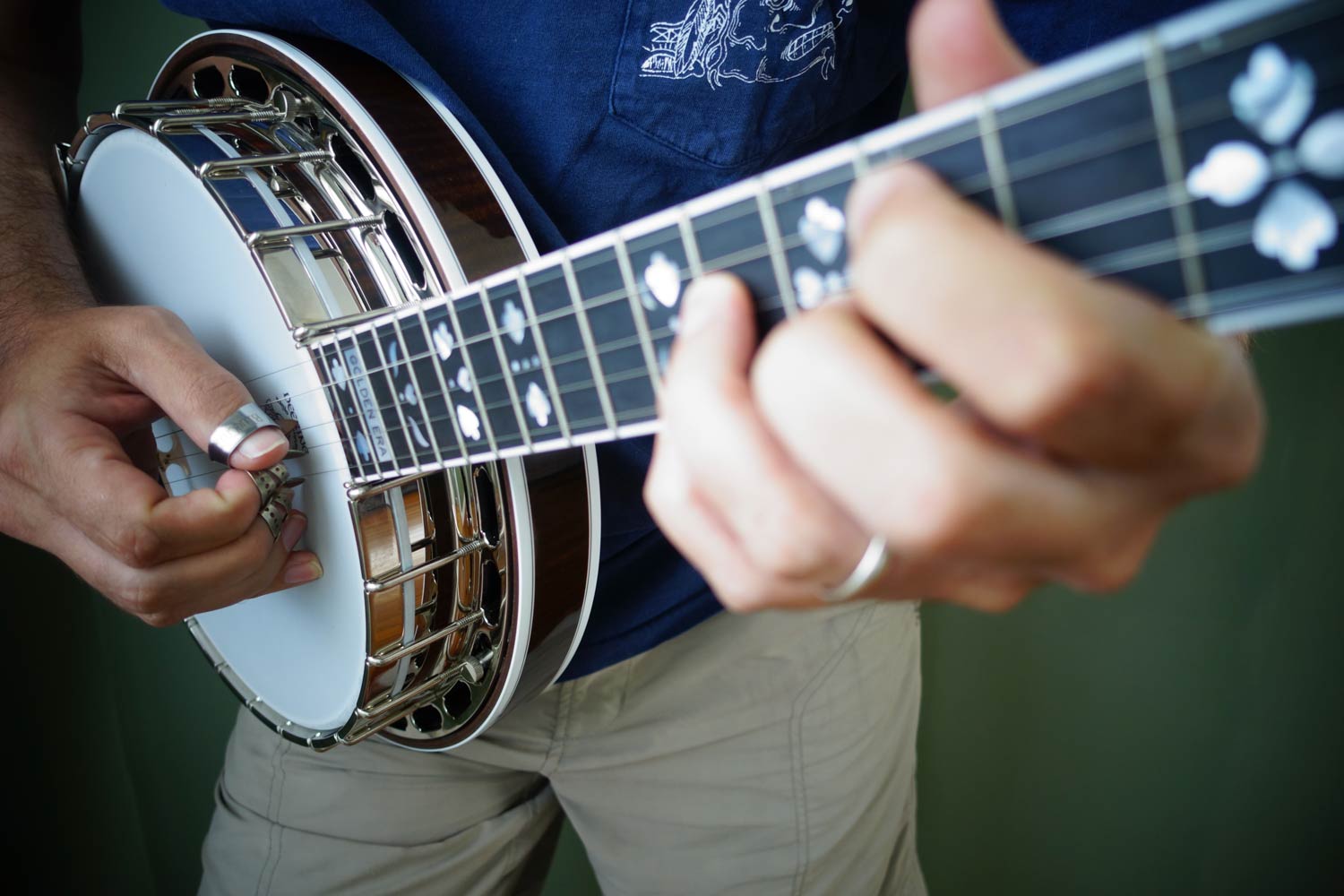
Each Artisan Goodtime model showcases a proprietary Midnight Maple fingerboard, ornate Artisan-inspired inlays, and a beautiful rich brown stain that exudes elegance. Artisan Goodtime banjos are also equipped with planetary banjo tuners, allowing for precise tuning and exceptional performance.

Learning how to play the banjo is no different. There are different types of banjos and plenty of new terminology for parts of banjos and playing styles. Aspiring players also wonder what makes one banjo better than another.

Watch and listen to Deering artists play our banjos and choose your favorite tone!
What Sets Deering Apart
Made In U.S.A.
All of our banjos are made by passionate banjo craftsmen and women in our Spring Valley, California shop.
Family Owned Since 1975
Deering Banjo Company was founded by Greg & Janet Deering in 1975 and continues to be family owned & operated. Today Greg & Janet's daughter Jamie Deering is the CEO of Deering Banjos.
Banjo Experts
Deering makes banjos. We don't make other instruments. We focus on what we do best and do it at the highest level.
ACCESSIBILITY STATEMENT
If you are using a screen-reader and are having problems using this website, please call 619-464-8252 or contact us for assistance at info@deeringbanjos.com














You have the best customer service that goes along with you great product. I have a good time and am learning to play (retired). I’m so glad I bought a banjo from you. See you in Grass Valley tomorrow.
Never was quite sure of adjusting the truss rod. Excellent and clear presentation.
show us how to adjust the truss rod double acting ones please, thanks
Vern
Thanks for the info David !! Much appreciated…
How about a video that explains how to change the head?
Leave a comment